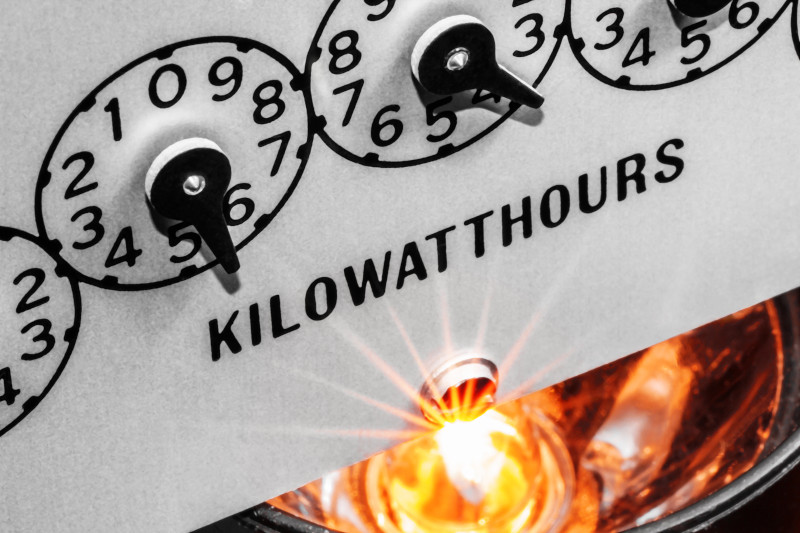AARP Hearing Center

Summer is a time of high utility bills due to the need for consistent air conditioning as temperatures rise. Because summer is a peak time for energy demand, rising bills are coupled with risks of unpredictable blackouts when high energy demand cannot be met.
This seasonal stress compounds the effects of already high electricity rates. According to the New York Times, the national average residential electricity rate was up 8% in January from a year earlier—the biggest annual increase in more than a decade.
Nationally, the rise in electric rates is due to many factors, including:
- The war in Ukraine has more than tripled the price of natural gas, which is used to generate electricity. This impacts about 40% of America’s electricity.
- Supply chain challenges make grid maintenance and upgrades more costly.
- Utility grid spending is also expected to add another 3% per year to consumers’ bills in 2022–2023 to accommodate electrification projects, including electric vehicle charging stations, and needed upgrades to grids.
Locally, the increased need for energy is driving up electricity prices at near unprecedented rates. Ohio’s power is at a decade-high cost. AES (formerly Dayton Power & Light) customers had rates increase by 0.06 cents per kilowatt hour starting June 1. According to AEP Ohio, their customers saw a price increase of 2 cents per kilowatt hour in June 2022.
Blackouts are not just due to high demand. Adverse weather conditions also can lead to outages due to damaged power plants. Recently, many neighborhoods in Columbus lost power due to a storm. AEP then selected to shut off power in certain neighborhoods to prevent power lines from becoming overheated.
AEP maintains that its choice of locations to shut off electricity was to stop blackouts from spreading. However, many disadvantaged communities and vulnerable customers, including those in hospitals and long-term care facilities, were without power.
AARP remains committed to the well-being of Ohioans 50+ and has contacted the Public Utilities Commission of Ohio with concerns about blackout locations, inadequate communications with the public and compensation to customers for hardships caused by the power outage. You can read our letter to learn more.
Actions you can take to prepare for blackouts and rising energy prices.
Be prepared for blackouts
- Develop a plan for power outages. Include steps to take to keep you and your house cool in the summer. Have an emergency list of phone numbers, including first responders and nearby relatives. Locate community cooling centers near you.
- Have alternative lighting (candles/flashlights) and power sources (batteries/generators) available and fully charged.
- Keep nonperishable food, water and current prescriptions available in the event of an emergency.
Reduce Consumption and Increase Efficiency
- Reduce consumption.
- Weatherize your home.
- Install a programmable thermostat.
- Replace the filters on air vents.
- When replacing appliances, research energy efficient options.
- Turn off lights/ appliances when not in use.
Explore Energy Assistance Programs
- Home Energy Assistance Program (HEAP) is a federally funded program that provides eligible Ohioans assistance with their home energy bills.
- The Percentage of Income Payment Plan (PIPP) helps eligible Ohioans manage their energy bills year-round.
- The Electric Partnership Program (EPP) helps eligible Ohioans reduce their electricity usage in their home.
- The Home Weatherization Assistance Program (HWAP) provides eligible Ohioans with assistance to improve the energy efficiency of their homes and reduce their energy costs.
- For more programs, click here.































































